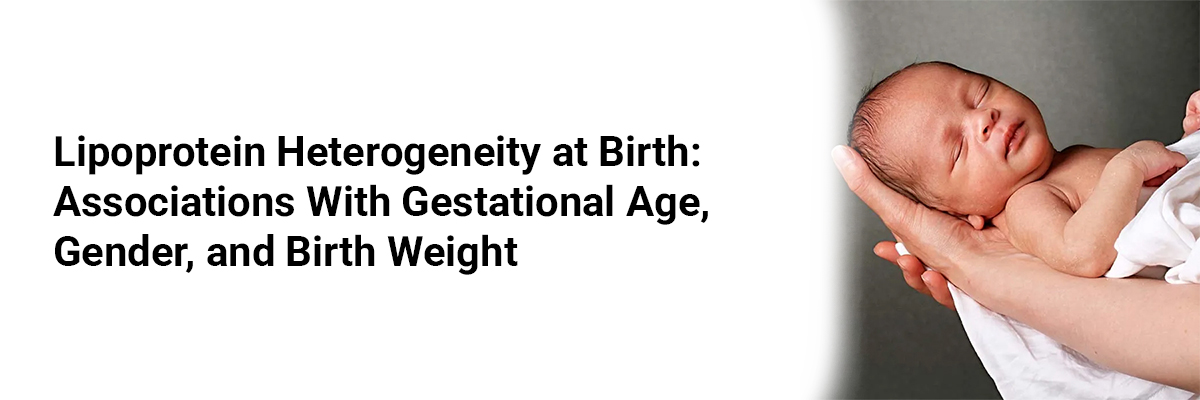
Lipoprotein Heterogeneity at Birth: Associations with Gestational Age, Gender, and Birth Weight
While lipid profiles are well studied in adults as markers of cardiovascular risk, limited research has focused on pediatric populations, particularly umbilical cord blood. This study aimed to explore the impact of intrauterine metabolic influences on adult health—specifically the risk of atherosclerotic disease—by examining cord-blood lipid profiles in newborns and their associations with gestational age, gender, and birth weight.
This cross-sectional, hospital-based study included 105 neonates delivered in a rural tertiary-care teaching hospital in central India in 2015. Umbilical cord-blood samples were analyzed biochemically, and statistical evaluation was performed on various lipid profile parameters, including apolipoproteins.
The results showed that small-for-gestational-age neonates had significantly higher lipid levels. Female neonates exhibited slightly higher values than males, though these differences were not statistically significant. Importantly, the atherogenic index did not differ significantly between small-for-gestational-age and appropriate-for-gestational-age newborns.
Cord-blood lipid screening may serve as a valuable tool for identifying high-risk neonates, particularly those born small-for-gestational-age, to enable early interventions aimed at reducing the risk of future coronary artery disease. Such screening provides an opportunity to address modifiable risk factors early in life and thereby lower long-term cardiovascular mortality. However, larger studies with long-term follow-up are necessary to confirm and expand upon these findings.
Source: Jategaonkar SP, Gawde K, Jain M. Journal of the Pediatrics Association of India













Please login to comment on this article